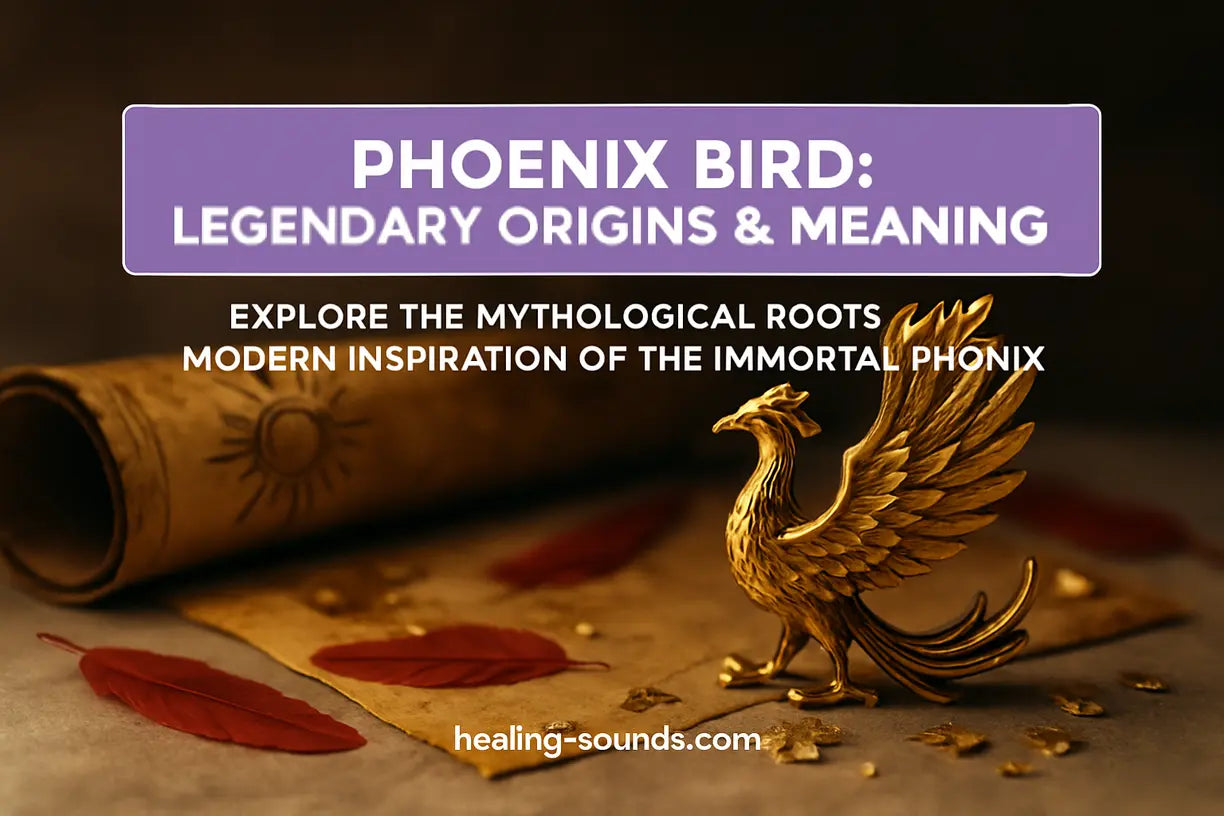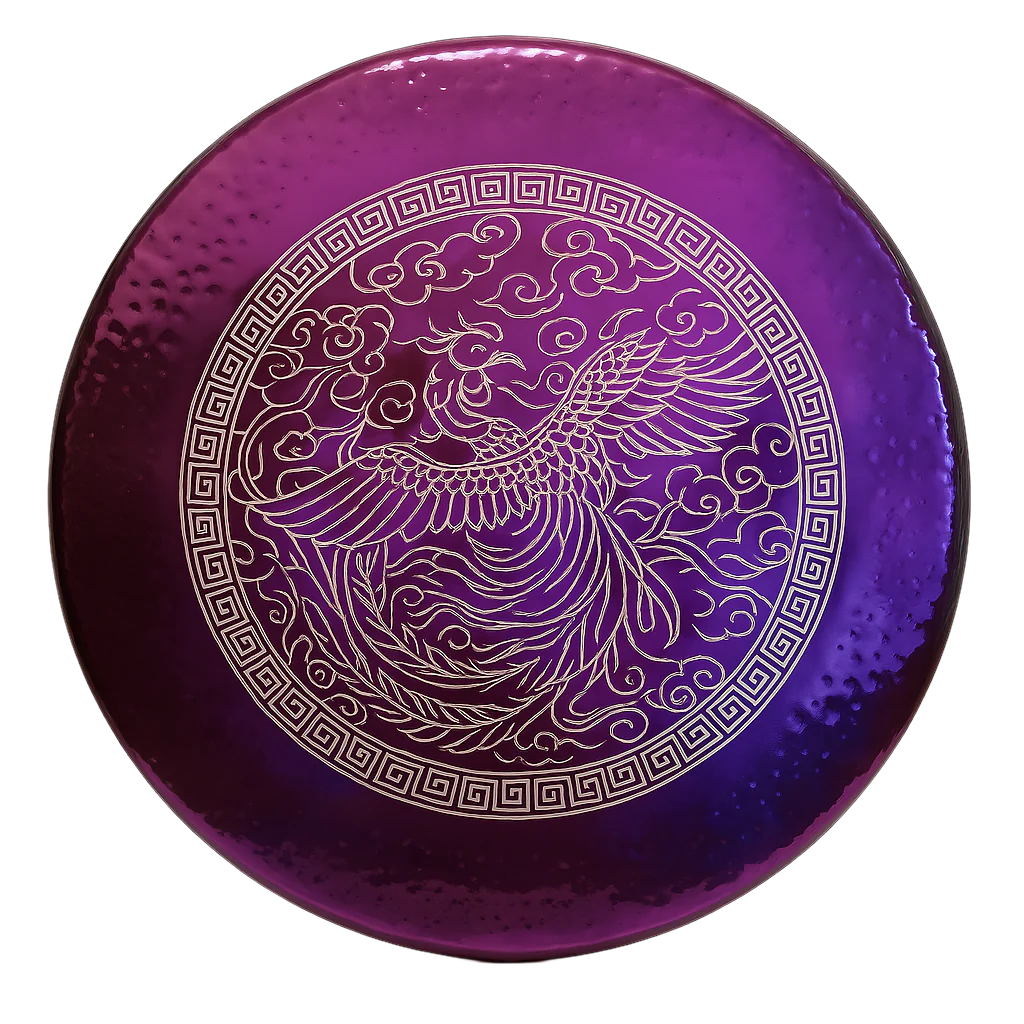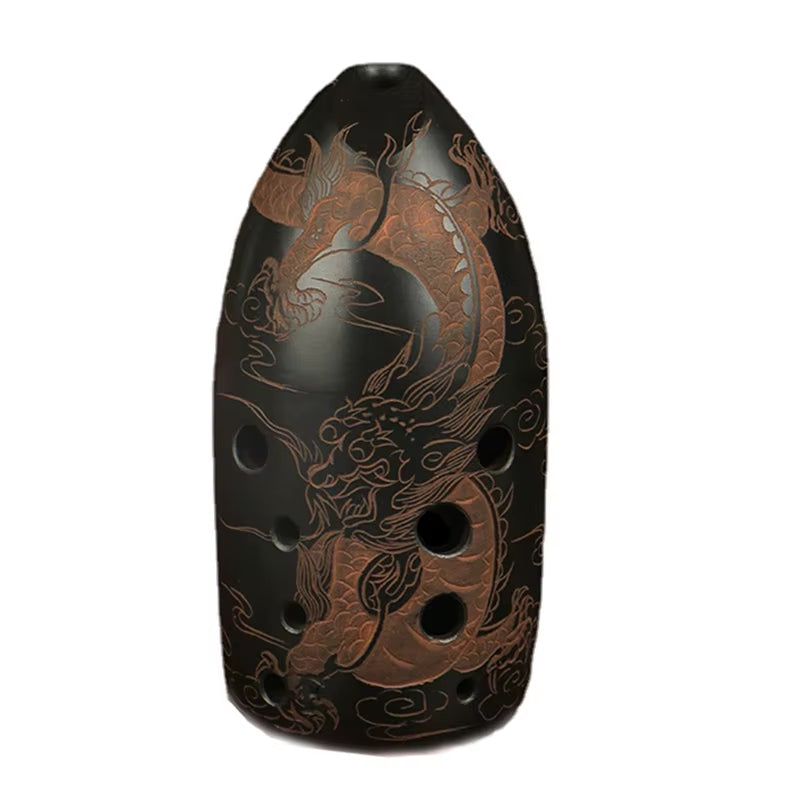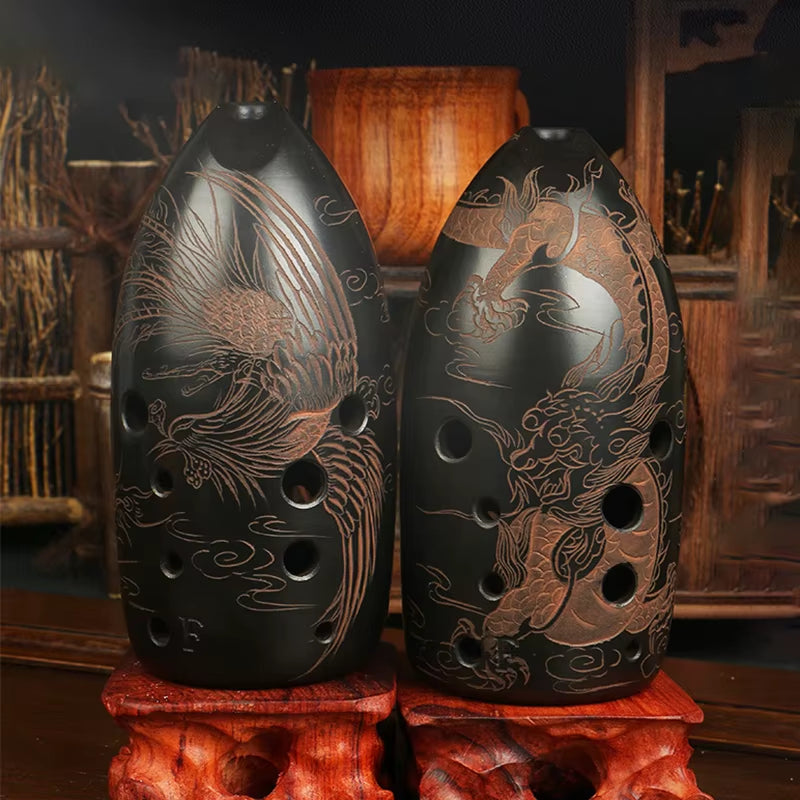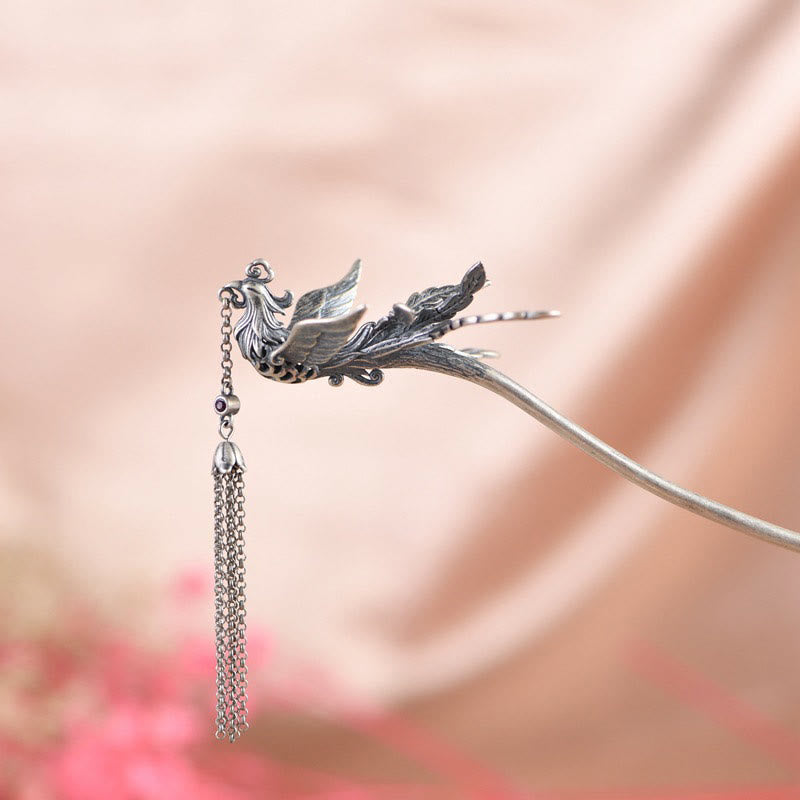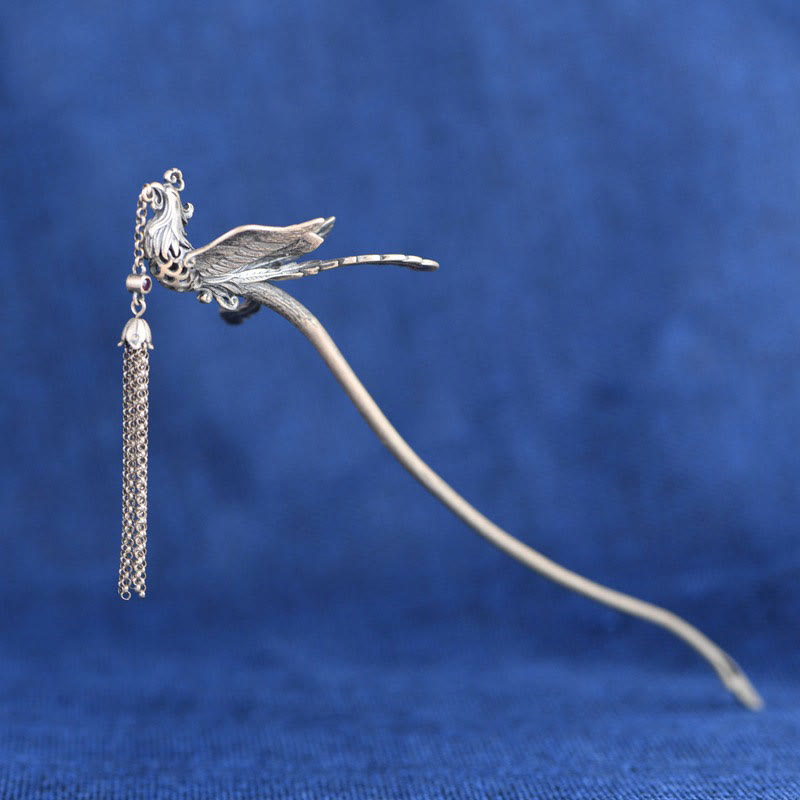The Core Legend: What is the Phoenix Bird?
The legend of the phoenix, in its most recognized form, tells of a magnificent bird, unparalleled in beauty, with plumage of brilliant crimson, scarlet, and gold. It was said to live for a remarkably long time—often 500 or 1,000 years. As its life neared its end, the phoenix would not simply perish. Instead, it would build a nest of the finest aromatic woods, spices like myrrh and cinnamon, and ignite it with a single clap of its wings.In this blazing, fragrant pyre, the old phoenix would be consumed by flames. But from those very ashes, a new, young phoenix would arise, reborn and more vibrant than before. This reborn bird would then embalm the ashes of its predecessor in an egg of myrrh and carry it to Heliopolis, the city of the sun in Egypt, to be offered on the altar of the sun god. This powerful cycle makes the mythological phoenix a universal emblem of immortality, resurrection, and victory over death.
The Ancient Origins of the Phoenix Myth
While many associate the phoenix with Greek mythology, its roots dig deeper into the sands of ancient Egypt. The primary inspiration is believed to be the Egyptian Bennu, a deity linked to the sun, creation, and rebirth. The Bennu was depicted as a heron and was said to have emerged from the primordial waters of creation, perching on the Benben stone. The Egyptians believed the Bennu's cry set the rhythm of creation and time.It was the Greek historian Herodotus, writing in the 5th century BCE, who first introduced the story to the Western world, calling the bird a "Phoenix" after the Greek word for the reddish-purple color. The Romans later adopted the legend, stamping the phoenix on their coins to symbolize an undying empire. This journey from the Egyptian Bennu to the Greek Phoenix cemented its place as an enduring legend.The Phoenix Across Global Cultures
The concept of a divine, fire-associated bird is not exclusive to the Greco-Egyptian world. Many cultures have their own version of this powerful myth, each with unique characteristics.- Chinese Mythology: The Fenghuang is a mythological bird that reigns over all other birds. A symbol of high virtue, grace, and the union of yin and yang, it is often depicted alongside the dragon. Unlike the self-immolating phoenix, the Fenghuang represents peace and prosperity.
- Persian Mythology: The Simurgh is a benevolent, mythical bird depicted as a winged creature large enough to carry off an elephant or whale. It is associated with wisdom, healing, and the purification of the land and waters.
- Russian Folklore: The Firebird, or Zhar-ptitsa, is a magical glowing bird whose feathers continue to glow even when removed. It is a difficult and dangerous prize to capture, often serving as a central quest in fairy tales.

Unpacking the Symbolism: What Does the Phoenix Represent?
The legend of phoenix is rich with symbolic meaning, making it a profound touchstone for personal and spiritual development. Its story speaks directly to the human condition, offering layers of interpretation that remain relevant in our modern world.- Rebirth and Transformation: This is the phoenix's primary symbolism. It represents the ability to emerge from adversity, overcome challenges, and start anew with renewed strength and wisdom.
- Hope and Resilience: In the darkest moments, the phoenix reminds us that destruction is not the end. It is a powerful symbol of hope, promising that a new dawn will follow the night.
- Immortality and Longevity: The eternal cycle of the phoenix speaks to the unending nature of the spirit and the concept of life beyond physical existence.
- Purity and Healing: According to some legends, the tears of a phoenix have the power to heal any wound. This connects the bird to concepts of purification, compassion, and restorative power. You can learn more about its ancient origins from the World History Encyclopedia's article on the Bennu bird.
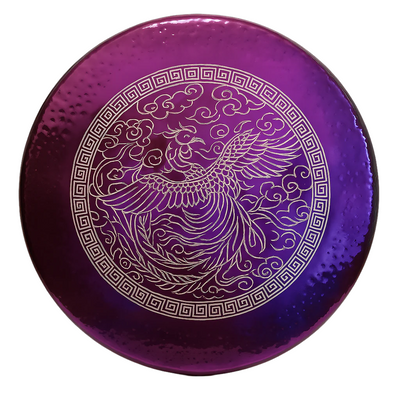
16 to 36 Inch Pink Phoenix Gong for Sound Relaxation
$339.99 $439.99
Channel the legend of rebirth with this handcrafted Phoenix gong, perfect for meditative transformation and inner renewal.
Explore ProductBringing the Phoenix Legend into Your Life
The mythology of the phoenix is not just an ancient story; it is a living metaphor for our own lives. We all face moments that feel like fire—endings, losses, and challenges that test our limits. Embracing the phoenix bird meaning is about choosing to see these moments not as finales, but as opportunities for rebirth.You can invite this powerful symbolism into your daily life through conscious rituals and meaningful objects. Adorning your personal space or yourself with symbols of the phoenix can act as a constant reminder of your own strength and capacity for renewal. It transforms a simple myth into a personal emblem of empowerment. Whether through art, jewelry, or musical instruments, these talismans connect you to the enduring power of the legend.
Embody the Myth with Symbolic Tools
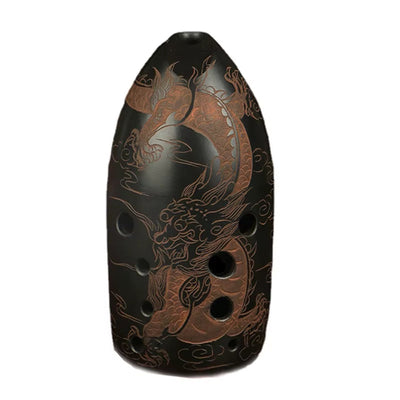
Vintage Dragon Phoenix Xun Instrument - Black Ceramic
$219.90
$399.90
Explore mythical music with a Dragon & Phoenix Xun—add ancient legend and elegant symbolism to your spiritual practice. Learn more ➔
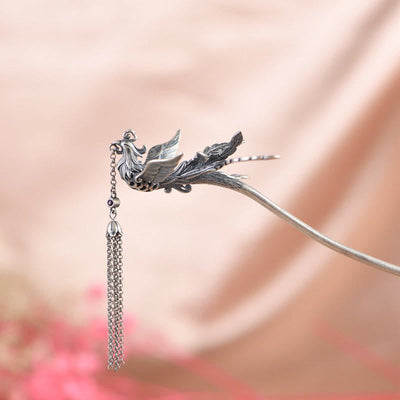
925 Sterling Silver Phoenix Hairpin | Protection Symbol
$189.90
$269.90
Adorn your hair with this traditional Phoenix hairpin—embrace the spirit of renewal and protection in your daily ritual. Learn more ➔
From Ashes to Inspiration
The phoenix bird is far more than a fantastical creature from ancient tales. It is a profound symbol of the indestructible human spirit. Its legend teaches us that endings are merely preparations for new beginnings, that destruction can pave the way for creation, and that our deepest trials can lead to our greatest transformations. By embracing the timeless wisdom of the phoenix, we can find the courage to rise from our own ashes, stronger and more radiant than before.Frequently Asked Questions about The Phoenix Bird Legend
No, the phoenix is a mythological creature and does not exist in reality. It is a symbolic bird whose story has been passed down through various cultures for thousands of years, representing concepts like rebirth and immortality rather than a real biological animal.
The phoenix is not originally a Japanese bird. The most famous phoenix legend comes from Greek and Egyptian mythology. However, East Asian cultures have a similar legendary bird called the Fenghuang in China and the Hō-ō in Japan, which symbolizes virtue, grace, and prosperity.
The most special quality of the phoenix is its ability to be reborn from its own ashes. After living a long life, it builds a nest, sets itself on fire, and a new, young phoenix rises from the pyre. This unique life cycle makes it a powerful symbol of immortality, resurrection, and transformation.
The primary power of the phoenix is its immortality and ability to be reborn. In various myths, it is also said to have other magical abilities. Its tears are believed to have the power to heal any wound or illness, and its song is so beautiful that it can give courage to the pure of heart and strike fear into the wicked.
The origin of the phoenix myth is most often traced back to ancient Egyptian mythology and the Bennu bird, a heron-like deity associated with the sun god Ra and creation. The story was later adapted and popularized by Greek writers like Herodotus, who gave the bird its famous name and many of the characteristics we know today. For more details, you can read Britannica's entry on the phoenix.

